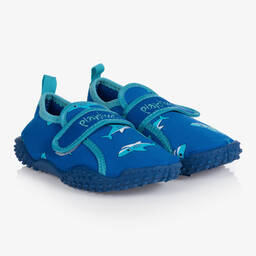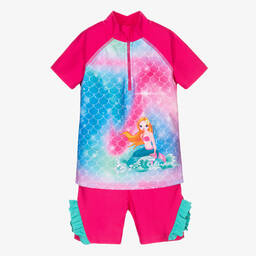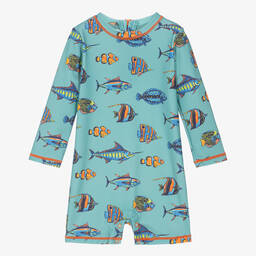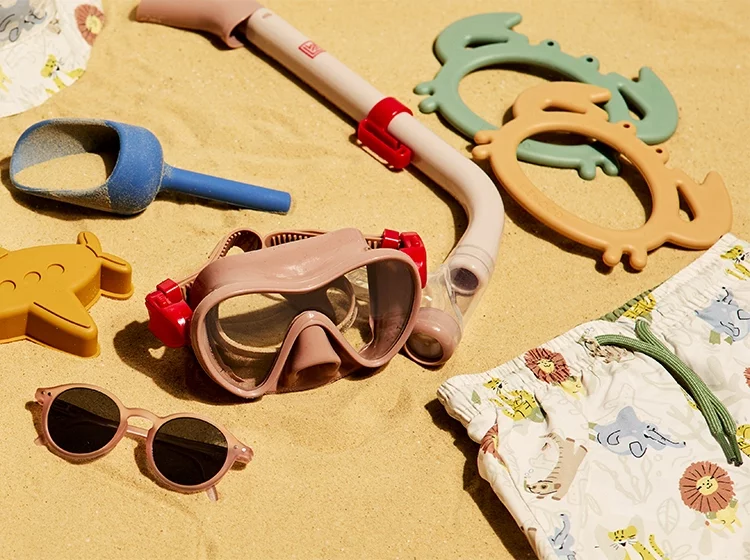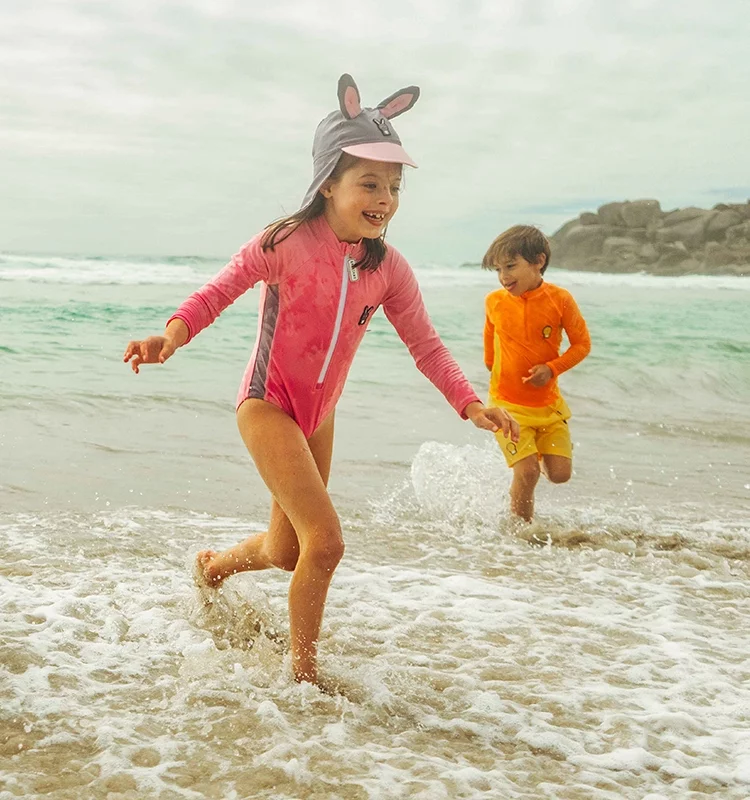
Staying Safe at the Beach
A trip to the beach is a wonderful way to spend time together as a family. From building sandcastles to splashing in the shallows, there's so much fun to be had on the sand and in the sea. But before you pitch up your parasol, it's important to make sure that both you and your children are safe beside the seaside.
From finding lifeguarded beaches and understanding the different flags to choosing a good meeting place, we've shared our top five tips for keeping you and your little ones safe at the beach.
1. Check for lifeguards
Before you set off on your much-anticipated trip to the beach, it is advisable to check whether it's patrolled by a lifeguard. If you're holidaying in the UK, you can plan ahead and check using this handy tool from the Royal National Lifeboat Institution. Lifeguards will only be on duty for certain hours of the day, so make sure to time your trip to coincide with their shifts. If you end up on a beach that isn't patrolled, then you should establish your own family rules and boundaries. One parent should do an inital sweep of the area and the water, and identify any points of concern and then clearly relay this to the whole family on return.
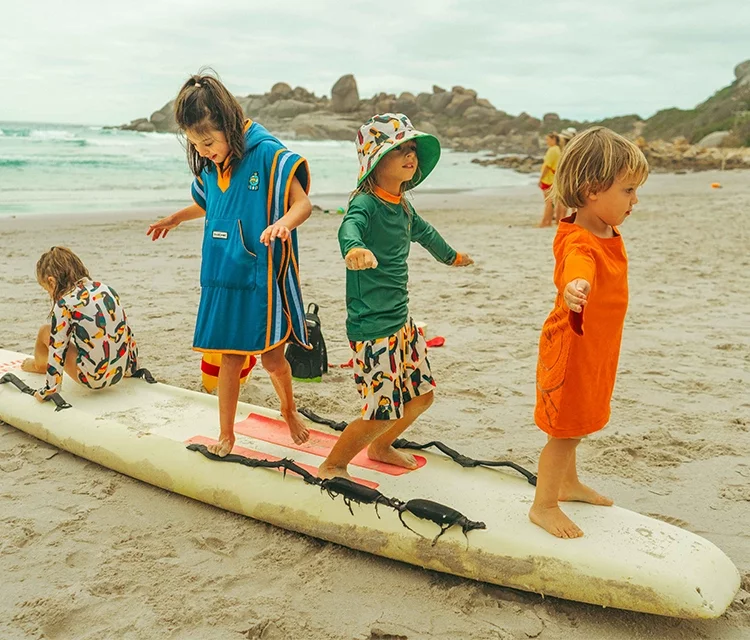
2. Know your flags
When enjoying a day out at a lifeguarded beach, you will see flags and signs that are designed to tell you how safe the water is and indicate any potential hazards. Make sure you do your research ahead of time; you could even turn this into a fun game and test the whole family when you get there (the prize of an ice cream for any correct answers will go down a treat!). Keep in mind that flags look different in some countries and regions.
As a guide, for UK beaches, see our quick reference guide below:
Red and yellow: This beach flag indicates that the area is a lifeguard-patrolled swimming zone or that a lifeguard is on duty. Between these flags is the safest place to swim and bodyboard.
Black and white chequered: These flags indicate an area used for surfers, paddleboarders and other sea sports that don’t involve engines. It is not safe to swim or bodyboard in this area.
Red: When you see this flag flying at the beach, it means that it is too dangerous to enter the water. Keep yourself safe and stay back from the sea.
Orange windsock: This distinctive flag shows that there are strong wind conditions and therefore no inflatables are allowed on the water and exercise caution when entering the sea.
Sandy Adventures
When the sea is a little rough, or they're not quite ready to swim, there's plenty of fun to be had on the sand.

3. Check the tide times
Depending on your location and the time of year, the tide can come in surprisingly fast and at different heights, often taking beachgoers by surprise. Be as prepared as you can be by checking the information boards when you arrive at the beach. This will allow you to decide on the best place to set up and how long you have got to enjoy the beach before the tide sweeps in. Being aware of the tide timings can prevent several rescues from taking place each year.
Bright and Colourful
Wearing bolder and brighter swimwear or cover-ups might help them stand out on a busy beach.
4. Establish a meeting point
The beach can be a busy place, particularly during school holidays and in sunny weather. It is always important to have a conversation with your children before you go to the beach about staying together and not wandering off out of sight. Once you arrive on the beach, agree on a meeting point, such as the lifeguard station, in case you become separated. Some beaches even offer a children’s safety scheme, using wristbands or tickets, which is a great option to take advantage of if it's available.
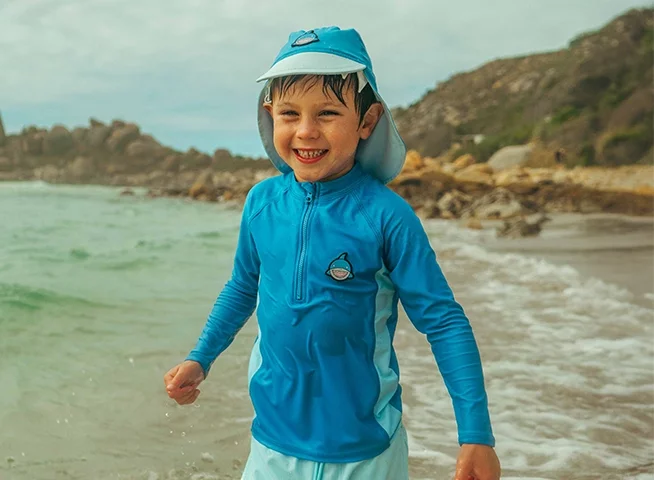

5. Find a spot with shade close by
Sun-soaked beaches sound inviting, but if they don't offer shade, then you'll have hot, unhappy children to contend with. Plan ahead to make sure you take items with you that provide your family with the shade you need. Beach tents and sun umbrellas are great items to take with you — tents are our favourite as they are lightweight and easy to put up and fold away, making them the perfect beach accessory. Dressing kids in sun-protective clothing and encouraging them to wear a sun hat will also help to keep them safe from the sun’s harmful rays.
Make a Splash
Discover longer-leg and -sleeve designs for more coverage, plus UPF50+ fabrics for protection in the sun.


